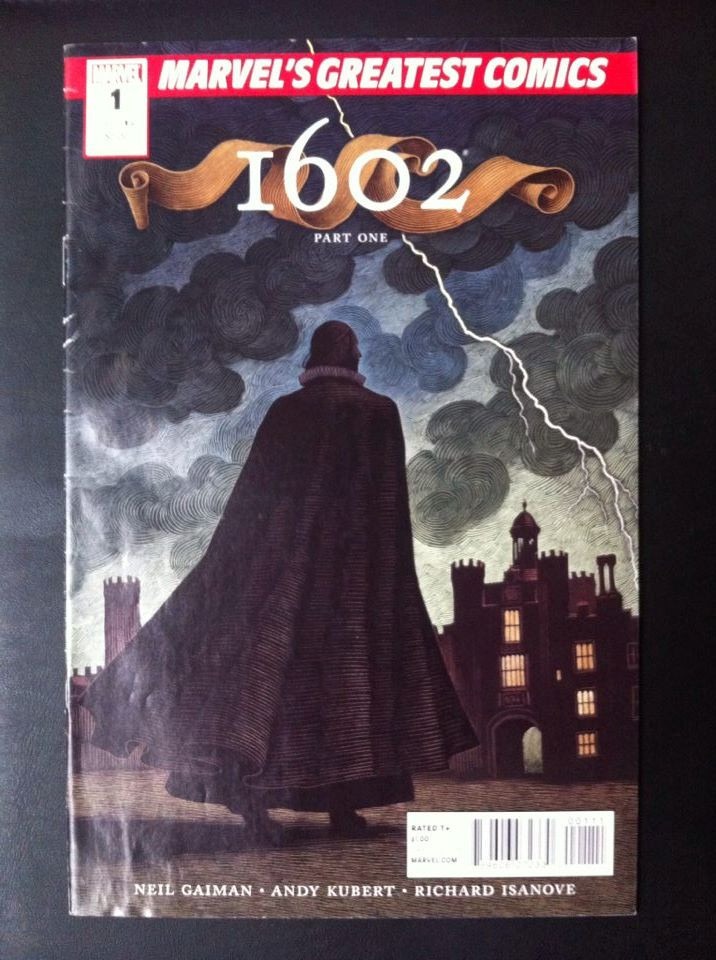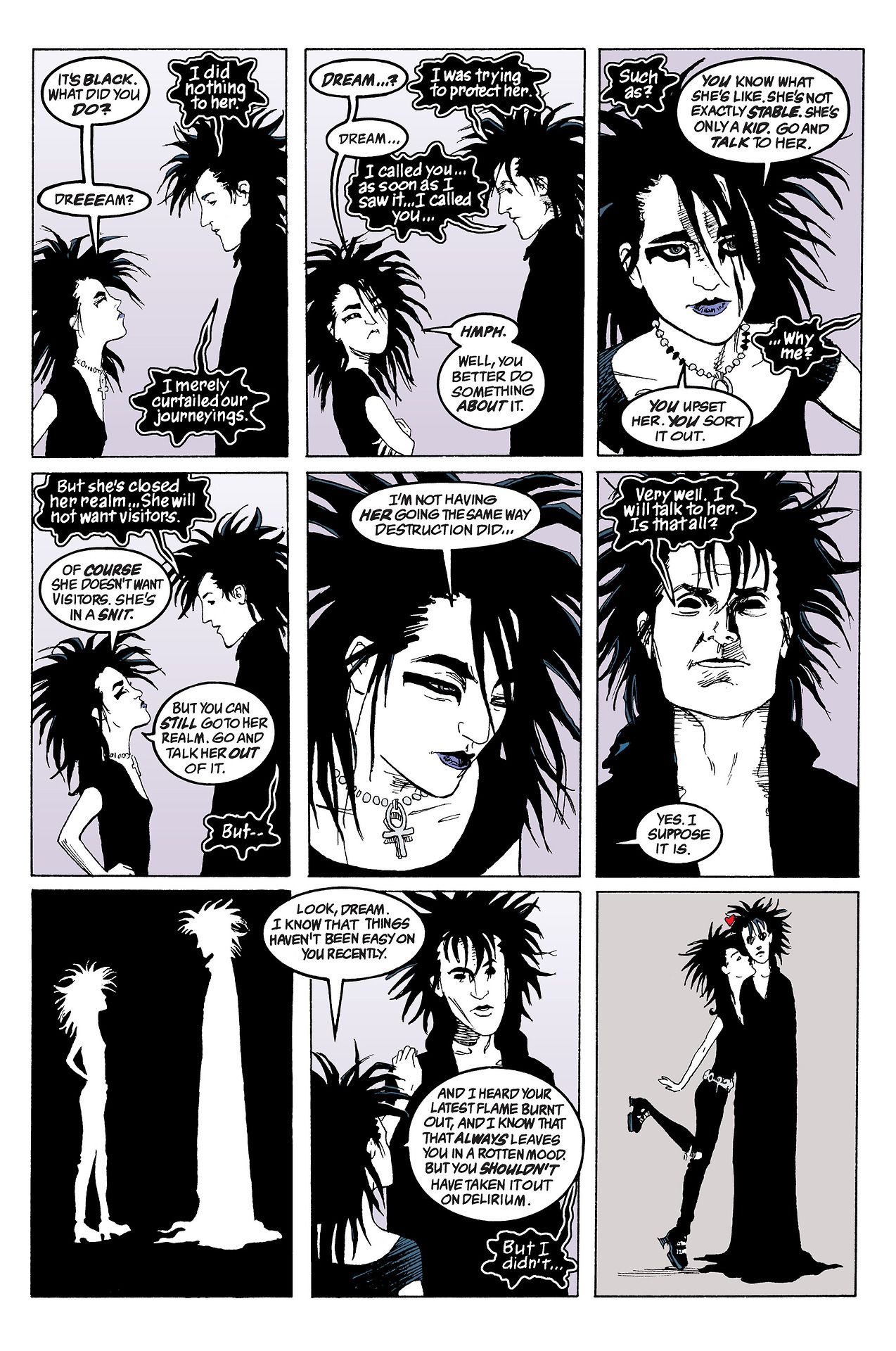

Later, Gaiman began to incorporate the history of the Golden and Bronze age Sandmen into his story. Morpheus appeared in the other proto-Vertigo titles in Swamp Thing #84 and Hellblazer #19. The first issue was popular, and sales began to climb with issue #5 and never looked back.

Sandman wasn’t an immediate pop culture force, but it caught on quickly. In response Gaiman devised Morpheus, one of the seven eternal Endless – immutable forces of the natural world. Berger, Vertigo’s founding editor, asked him to re-pitch Sandman as a new character. In fact, Gaiman originally intended to reference the 1970s Sandman in Black Orchid, and so his initial Sandman pitch was for that version of the character. It was on the heels of that mild success that he pitched his re-imagination of Sandman. The series didn’t sell much, but it was well-liked by editor Karen Berger. However, he had successfully pitched DC on a three-issue series called Black Orchid in 1988. Gaiman had very little work to his name at that point, including the Mostly Harmless biography of Douglas Adams and a handful of issues of 2000 AD. Instead, they handed the character to a barely-known British journalist: Neil Gaiman. In the wake of Crisis on Infinite Earths, DC could have easily reinvented either Dodds or Sanford for their new clean slate of continuity.

Dodds was an odd early take on superheroism, dressing in a sharp green three-piece suit and subduing foes with a gun that fired gas that could compel them to tell the truth or put them to sleep.ĭodds was one of many Golden Age Justice Society characters to stay constrained to DC’s vintage Earth 2 with no Silver Age (AKA Earth 1) counterpart – although Jack Kirby and Joe Simon did briefly reinvent The Sandman in 1974 with a new character, Garrett Sanford. The Sandman is both a somewhat obscure Golden Age hero revived by the Justice Society for modern audiences and one of the most widely-read characters in the history of American comics. Read on for a history not only of Gaiman’s Sandman, but all of DC’s many Sandmen as well as the entire universe of comics that sprung from Gaiman’s work.


 0 kommentar(er)
0 kommentar(er)
